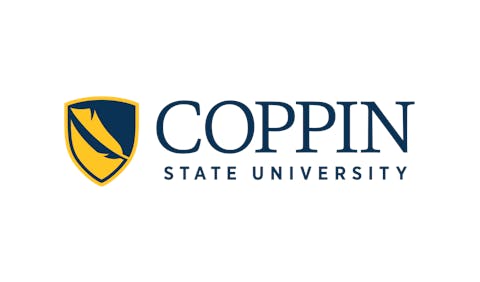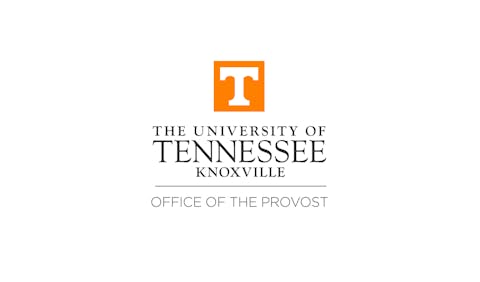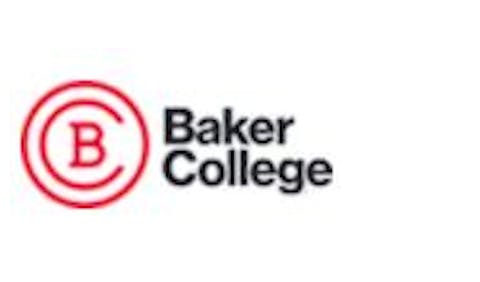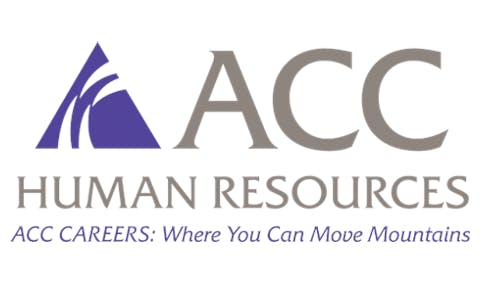A new national initiative aims to transform how colleges use data to support students from enrollment through graduation, with a particular focus on serving underrepresented populations and closing equity gaps.
 Dr. Taylor MyersThe Institute for Higher Education Policy (IHEP)
Dr. Taylor MyersThe Institute for Higher Education Policy (IHEP)
"The Postsecondary Data Action Network is designed to be a catalyst for change and showcase how thoughtful, intentional data analysis can transform student outcomes," said Dr. Taylor Myers, IHEP's associate director of research. The network will foster collaboration and insight exchange both within campuses and across institutions facing similar challenges.
The participating teams represent a diverse array of institutional contexts and will tackle issues particularly relevant to their student populations. Several institutions are focusing explicitly on equity and access for historically underserved students.
Winston-Salem State University, a historically Black university, will use student advising data to refine policies supporting Pell-eligible, male, and rural students. According to Dr. Tony Artimisi, associate provost for academic strategy and institutional effectiveness, the institution has already used disaggregated data to revise campus-wide advising strategies and develop targeted interventions.
The Tribal Colleges & American Indian College Fund will develop analytical tools across four Tribal colleges to identify persistent challenges facing Native students and create frameworks for targeted support.
The Massachusetts Association of Community Colleges will build systems to capture both qualitative and quantitative data on historically underserved students, strengthening institutional capacity to track and improve outcomes for these populations.
Several teams will examine how financial need affects student success. George Mason University plans to integrate financial aid data with academic and student experience information to understand how unmet need impacts retention and time-to-degree.
"By integrating financial aid data with academic and student experience data, we can uncover insights to inform improvements that help more students stay on track and succeed," said Dr. John Dooris, director of research and analysis in the university's Office of Institutional Effectiveness & Planning.
The University at Buffalo will use advanced analytics to address financial stress and its impact on course performance, while the University of Northern Iowa will analyze factors behind growth in three-year graduation rates across different levels of financial need.
Austin Community College District will evaluate its new first-dollar tuition-free college model's impact on persistence and completion. "Data guides our way, whether by demonstrating the power of our new first-dollar tuition-free college model, aligning our instructional programs with labor market needs, or ensuring success for all the students we serve," said Jenna Cullinane Hege, vice chancellor of research, effectiveness, and grants.
Transfer students—who often face credit loss and extended time-to-degree—are another priority. The Nebraska Statewide Workforce & Educational Reporting System (NSWERS) will work to standardize metrics and evaluate credit applicability across two-year and four-year institutions statewide.
"Clear and seamless transfer pathways are essential to ensuring that students don't lose time, money, or momentum as they move between institutions," said Dr. Alex Brodersen, assistant director of research and evaluation at NSWERS.
Delaware State University, a historically Black university, will specifically support stopped-out and returning learners by reducing credit loss and expanding pathways. Montclair State University and Oakland University will also develop predictive models to identify successful pathways for transfer students.
The network represents a shift toward evidence-based decision-making in higher education, with institutions moving beyond simply collecting data to actively using it to drive policy and practice changes.
Over the coming year, IHEP and AIR will provide participating teams with guidance to enhance their data capacity and connect findings to state and federal policy developments. The University of Washington Bothell, for example, will establish key performance indicators to close second-to-third year retention gaps—a critical juncture for student success.
Experts point out that as institutions nationwide grapple with declining enrollment and pressure to improve completion rates, the Postsecondary Data Action Network offers a model for using institutional research to create more equitable pathways to degree attainment. The results could provide valuable lessons for the broader higher education community working to ensure that all students—regardless of background—can persist, complete their credentials, and achieve their educational goals.
















